I created a table in SQL with 3 columns. One of ID (with Identity specification on) and two other columns. I was saving the record in the 2 columns through c# application as ID column gets increment auto. So all was good till 160th record, after that the ID increment went to 1172 and then started increment from there like 1173, 1174 and so on..
I don't know if I did something wrong while creating the table and ID column. Not able to understand. Can someone please guide. I am attaching the screenshot.
Edit: I fixed it by using the query.
DBCC CHECKIDENT (mytable, RESEED, 160)
Now the ID column is back to 161 and incrementing +1. All good.
